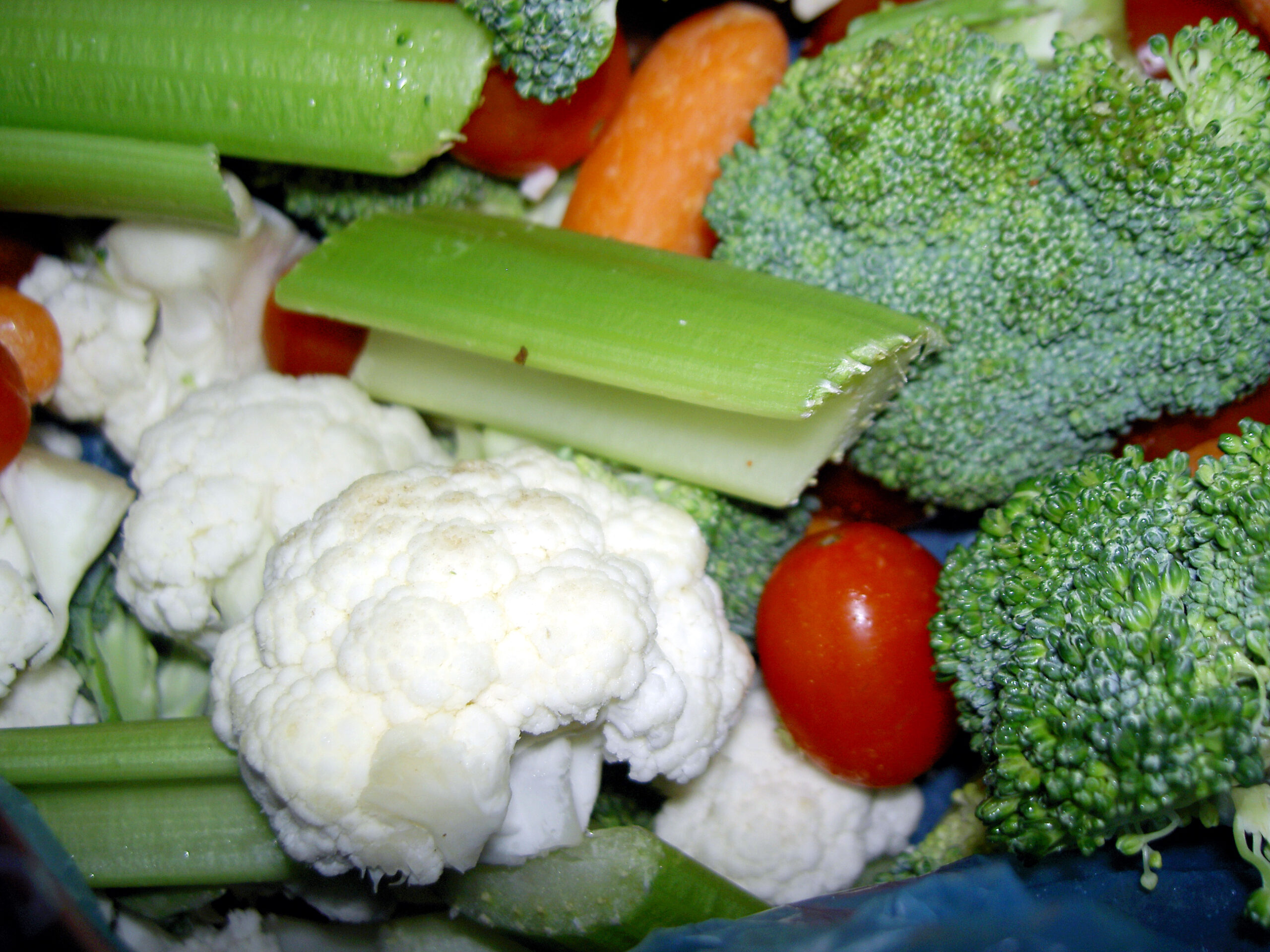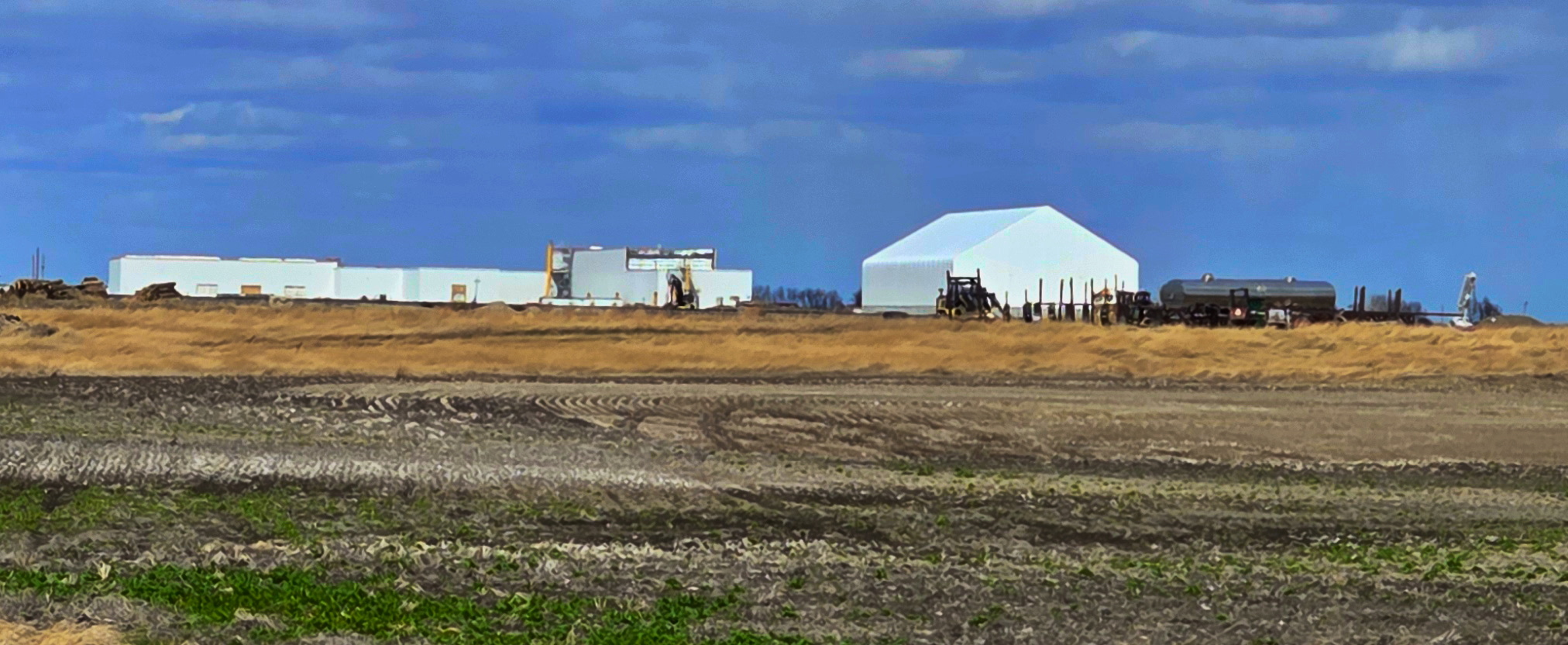Don’t expect food prices to ever return to pre-2022 levels

We learned last week that Canada’s food inflation rate in March dropped for a second month in a row to 8.9 per cent. However, prices at food stores rose 9.7 per cent year-to-year. While prices increased by 0.3 per cent in one month, the lowest percentage so far in 2023, the gap between food inflation and the general inflation rate reached 4.6 per cent, the highest it has been since 2009.
Even though Canada still has the third-lowest food inflation rate within the G7, after Japan and the United States, a stubbornly high food inflation rate compared to that in other economic sectors will continue to cause sticker shock at the grocery store.
Many are asking when food prices will return to pre-2022 levels. The truth is, they won’t. With higher wages and increasing packaging and energy costs, food prices just won’t drop. Some food companies will raise salaries by more than 10 per cent over the next three years just to increase employee retention. It’s challenging to recruit for many remotely located agri-food companies, and the work, in some cases, can be physically demanding.
Consumers are feeling the impact of these financial adjustments on the food supply chain. Grocers are paying more for goods, as shown in their financial statements for several months now.
Our best hope is to see the food inflation rate drop. With a lower food inflation rate comes more predictability for the industry. Many households are dedicating a larger percentage of their total budget to food purchases.
Or are they?
The retail sales numbers released by Statistics Canada over the past few years tell us an interesting story.
In January 2017, Canadians were spending 48 per cent on food, among all other goods bought at retail. This went down to 46 per cent just before the pandemic started. In March 2020, this rate shot up to 74 per cent for obvious reasons – nothing was open for business. Today, 41 per cent of the money spent on retail goods is for food, excluding alcohol and cannabis. These numbers exclude major components of our economy like services and housing.
The data seems counter-intuitive but may, in fact, suggest a few things. For one, while this certainly means inflation is impacting all aspects of our lives, the data is telling us that Canadians are still spending.
Most important, however, total retail sales for grocery and specialty food stores appear to have almost plateaued. In February 2023, the monthly food expenditures per capita were about $583. In February 2020, three years earlier, the monthly food expenditures per capita were roughly $618.
Since we get less for our dollar now, these numbers are astonishing. If we are to believe these numbers, Canadians are likely buying less food in volume and are also spending less in food retail. And, as major grocers’ revenues, including Loblaw, Empire/Sobeys and Metro, have increased in recent years, this may also indicate that independent grocers are simply selling less food.
Again, these numbers don’t provide a complete retail picture since they exclude services, but numbers suggest that while the size of our retail market is still increasing, food retail in Canada is stagnating. In fact, from January 2022 to January 2023, retail food sales have dropped in Canada by more than five per cent. By mid-2022, when food inflation was really putting more pressure on everyone, food retail sales started to drop despite more people coming to Canada.
Unsurprisingly, many, many households are just spending less and being more frugal about food purchases in times of financial stress. They may also be wasting less food as well and are more careful with food inventories they have at home. Or is it more gardening or more visits to farmers’ markets?
This causes concern about the numerous health and nutritional compromises consumers are making due to higher food prices. We can see how trading down at the grocery store can have long-term effects on the health of individuals and families, especially children.
It certainly has been confusing for Canadian shoppers over the last 12 months. Grocery shopping takes more thought and analysis on the part of the consumer. We can’t just drop by the grocery store and pick up what we’ll need for the next few days.
The bad news is that Canadians are coming out of an era during which food was dirt cheap. In fact, the world is experiencing the same challenges, not just Canada. The good news is that things are slowly calming down for the food industry, giving them much-needed breathing room, and allowing food retail to offer consumers more frequent and better discounts.
So, yes, with food inflation, patience will pay off.
Dr. Sylvain Charlebois is senior director of the agri-food analytics lab and a professor in food distribution and policy at Dalhousie University.









